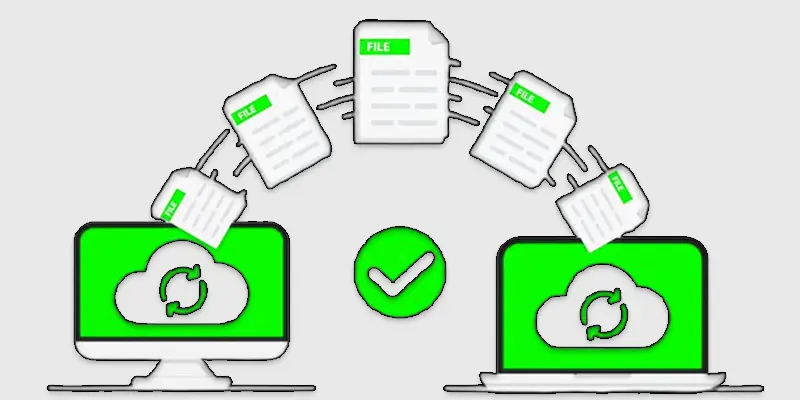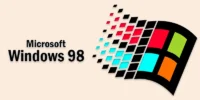What is a Relational vs. Document Database? A Beginner’s Guide
Published: 9 May 2025
Relational vs Document Database
Databases help store and manage data, but not all databases work the same way. Two common types are relational databases and document databases. Whereas document databases store data in adaptable, JSON-like texts, relational databases arrange data in tables, much like a spreadsheet. Each has its own strengths and is used for different needs. Let’s explore how they work and which one might be the best choice for you!
A relational database: what is it?
Databases that arrange data into tables with rows and columns are known as relational databases. Keys are used to link the data in each table, which ensures effective organization and retrieval of related information. It manages and queries data using SQL (Structured Query Language) and adheres to a structured manner. Popular relational databases include MySQL, PostgreSQL, and SQL Server.

A Document Database: What Is It?
Nosql databases that store data in a flexible, document-like format—typically JSON or BSON—are known as document databases. Unlike relational databases, it does not require a fixed schema, allowing each document to have different structures. Because of this, it’s perfect for managing semi-structured or unstructured data, like blog entries, product catalogs, and user profiles.
Key Differences Between Relational and Document Databases
| Relational Database | Document Database |
|---|---|
| Tables with rows & columns | JSON/BSON documents |
| Fixed schema (predefined) | Schema-less (flexible) |
| SQL (structured queries) | NoSQL (JSON-based queries) |
| Uses joins & foreign keys | Embedded documents, no joins |
| Vertical (more power to one server) | Horizontal (adds more servers) |
| Rigid structure, hard to change | Dynamic, easy to modify |
| Fast for structured queries | Fast for unstructured data |
| Banking, ERP, inventory systems | Social media, e-commerce, real-time apps |
When to Choose a Relational Database?
- Data Relationships Matter – If your application requires strong relationships between data (e.g., banking, ERP systems).
- ACID Compliance is Needed – When data integrity, consistency, and reliable transactions are important (e.g., financial transactions).
- Structured Data is Used – If your data follows a fixed format, such as customer records, product inventory, or employee details.
- Complex Queries are Required – When you need advanced SQL queries, reporting, or data analytics (e.g., business intelligence).
- Security and Compliance are Priorities – If your industry requires strict regulations (e.g., healthcare, finance).
Examples: Banking systems, hospital databases, e-commerce inventory, enterprise software.
How Soon Should I Pick a Document Database?
- Data is Unstructured or Semi-Structured – If your data varies in format, such as user-generated content, product catalogs, or social media posts.
- High Scalability is Needed – when your program (such as cloud apps) to manage massive volumes of data across several servers.
- Flexible Schema is Required – If your data structure changes frequently, a document database allows updates without strict rules.
- Fast reads and Writes are Important – Ideal for real-time applications, where speed is a priority (e.g., messaging apps, analytics).
- Joins are Not Essential – If you prefer embedding related data within a document instead of using complex joins (e.g., user profiles with settings).
Examples: Social media platforms, content management systems, IoT data storage, real-time analytics.

Advantages and Disadvantages of Relational vs. Document Database
Both relational and document databases have their strengths and weaknesses.The data structure, scalability requirements, and performance standards all influence the best option.
Advantages
Relational Databases
- Strong data integrity and ACID compliance
- Supports complex queries and joins
- Standardized SQL language
- Ideal for structured data with fixed schema
Document Databases
- Flexible schema for dynamic data
- Scales horizontally for large applications
- quicker for material that is semi-structured or unstructured
- Improved functionality for real-time apps
Disadvantages
Relational Databases
- Rigid schema makes changes difficult
- Vertical scaling can be costly
- Slower performance for unstructured data
Document Databases
- No built-in joins, requiring manual handling
- Weaker ACID compliance in some cases
- Uses different query languages (less standardization)
Examples of Popular Databases
Relational Databases
- MySQL – Web applications, e-commerce
- PostgreSQL – Data analytics, enterprise apps
- Oracle – Banking, large-scale enterprise systems
- SQL Server – Corporate databases, business intelligence
Document Databases
- MongoDB – Social media, real-time analytics
- CouchDB – Content management, offline-first apps
- Firebase Firestore – Mobile apps, cloud storage

Conclusion About Relational Model of Data
Both relational and document databases have unique strengths and weaknesses. The right choice depends on your data needs, scalability requirements, and application goals. Understanding these differences will help you make informed decisions for your projects. Keep exploring, keep learning! The world of databases is evolving, and mastering these technologies will open new opportunities for innovation and growth.
FAQS Document vs Relational Database
A relational database arranges data into structured tables, whereas a database is a method for organizing and storing data. Relational databases use rows, columns, and relationships to maintain data consistency. Other types of databases, like document databases, store data differently.
Simple files without organized associations, such as spreadsheets or text, are used to store data in file databases. Large volumes of structured data are easier to maintain and query when data is arranged in tables according to predetermined rules in a relational database. For improved data processing, relational databases also offer SQL queries.
MySQL, PostgreSQL, Oracle, and SQL Server are popular relational databases. They store data in tables and use SQL to manage relationships between data. These databases are widely used in banking, e-commerce, and enterprise applications.
Indeed, MongoDB is a well-known document database that uses documents that resemble JSON to store data rather than tables. It is perfect for applications that deal with unstructured or semi-structured data since it permits flexible schema updates. Social media, content management systems, and real-time analytics all frequently use it.
No, structured tables are used to store data in MySQL, a relational database. It uses SQL to manage data relationships and supports strict schema rules. Unlike document databases, MySQL requires predefined table structures for storing data.
No, MongoDB is not owned by Google. It is developed and maintained by MongoDB Inc., an independent company. However, MongoDB can be used with Google Cloud and other cloud platforms.
No, PostgreSQL is a relational database that stores data in tables. However, it supports JSON and JSONB data types, allowing it to handle semi-structured data like a document database. But its core design remains relational.

- Be Respectful
- Stay Relevant
- Stay Positive
- True Feedback
- Encourage Discussion
- Avoid Spamming
- No Fake News
- Don't Copy-Paste
- No Personal Attacks

- Be Respectful
- Stay Relevant
- Stay Positive
- True Feedback
- Encourage Discussion
- Avoid Spamming
- No Fake News
- Don't Copy-Paste
- No Personal Attacks





